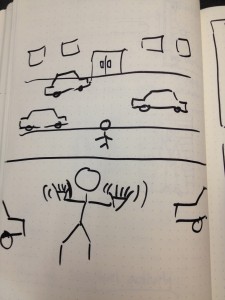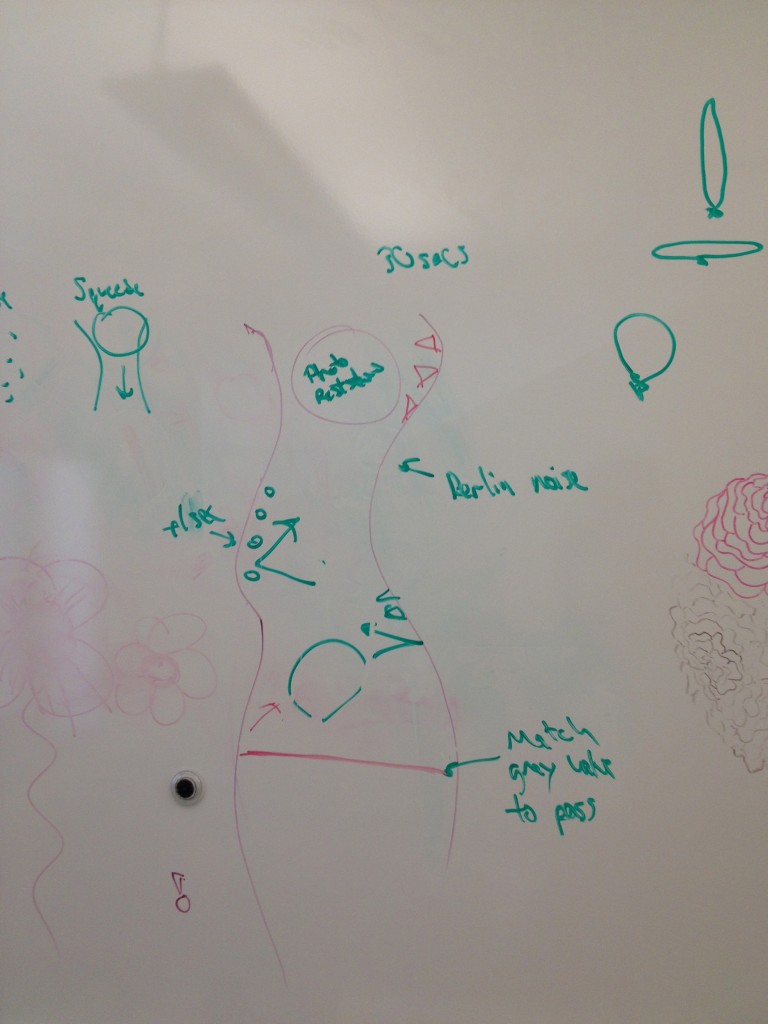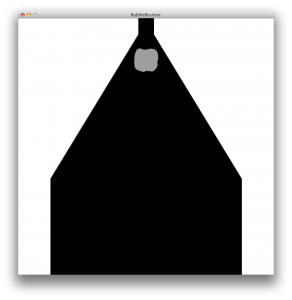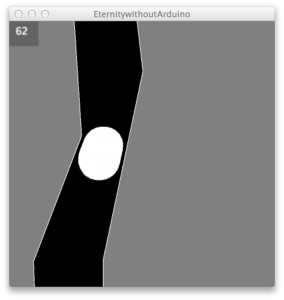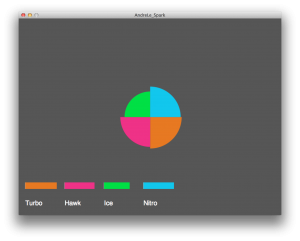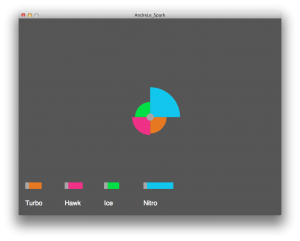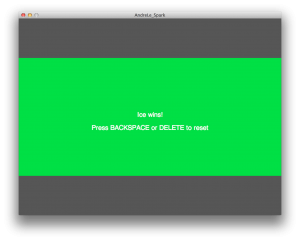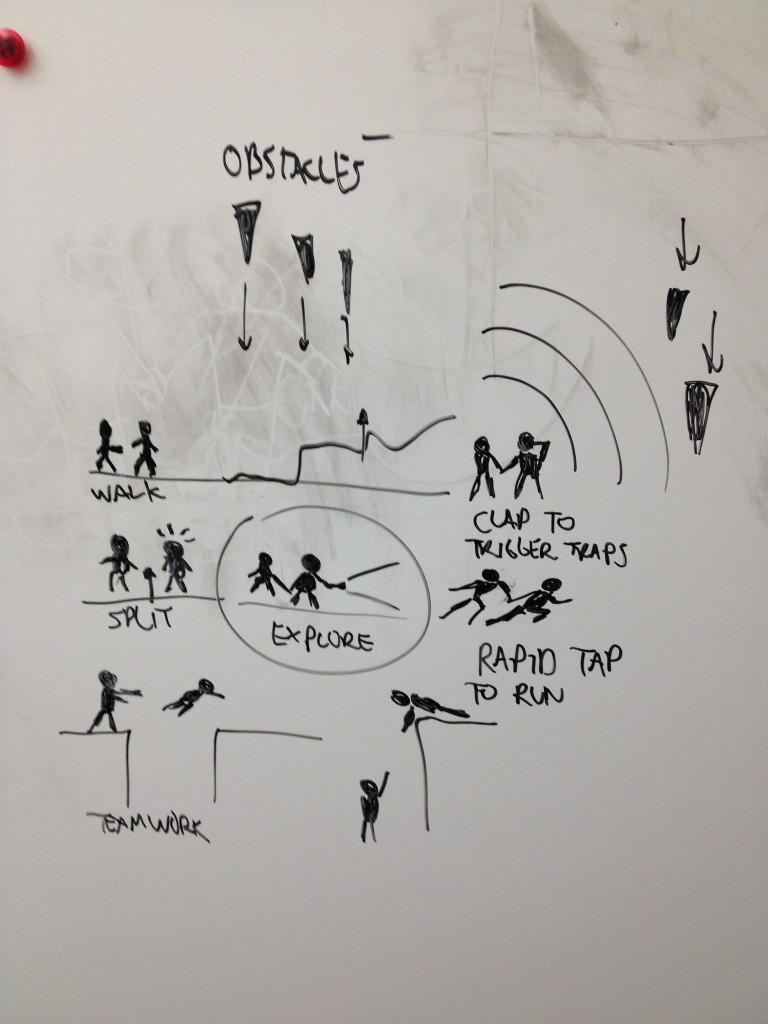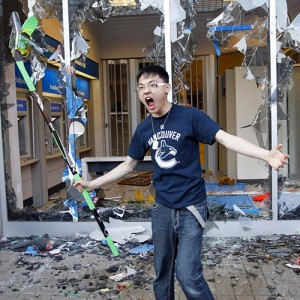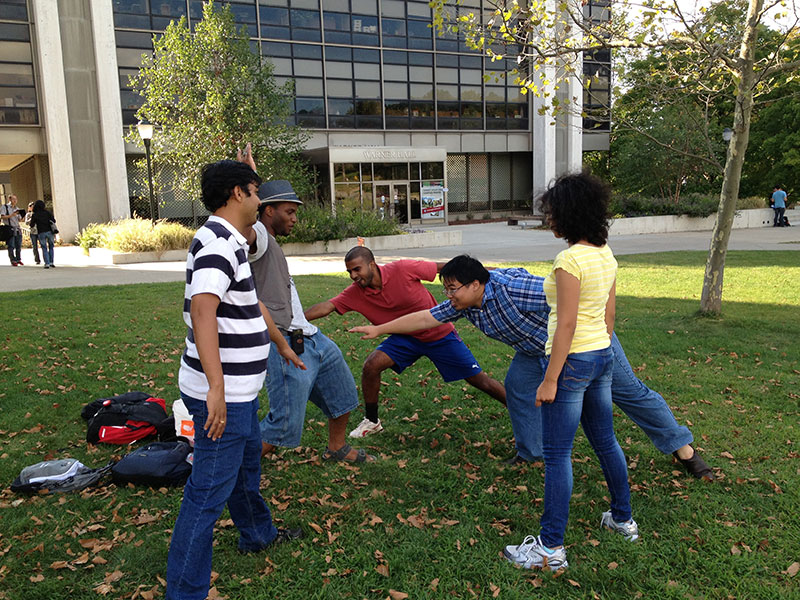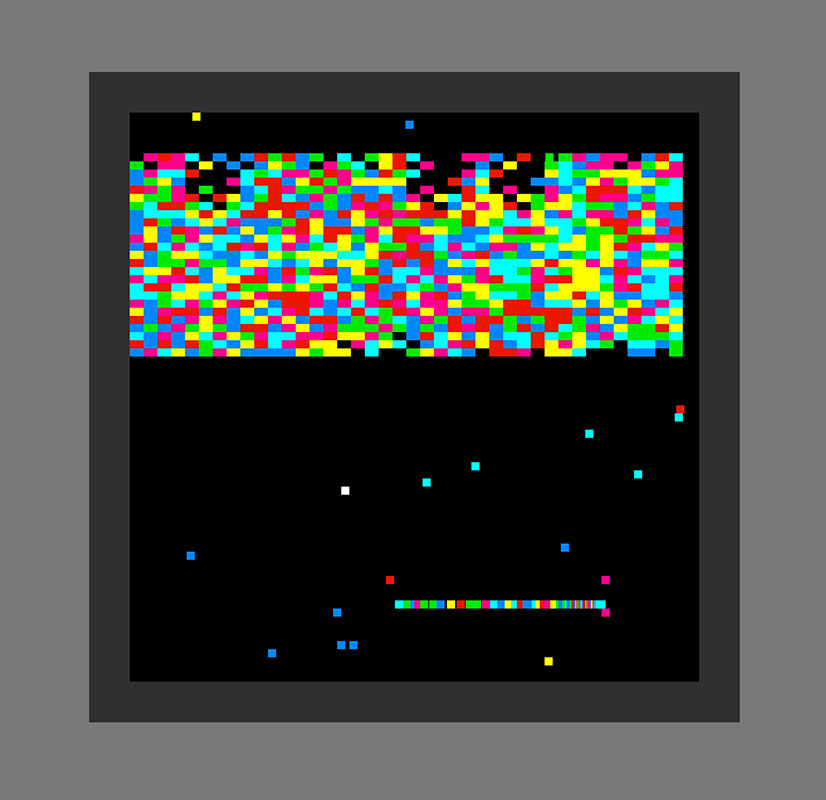Author Andre Le
Mirror mirror is a collaborative multi-screen multiplayer puzzle game spanning 3 computers located next to each other. Each level contains one or more lasers, mirrors, and circular targets in a puzzle-like configuration. The 3 players are able to move and rotate the mirrors to bounce lasers across multiple screens. The goal of the game is to pass the laser(s) through all of the targets. In many situations, players are dependent on other players and must discuss strategies in order to effectively use the provided mirrors and lasers.
Instructions:
- Navigate to the “server” folder from within the OSX terminal.
- To start the server, type in “java -jar mpeServer-2.0.2.jar -framerate60”
- Each player has a corresponding folder (e.g. Player1, Player2, Player3) that contains an “mpe.xml” file
- To configure the server, edit the mpe.xml file and change the <ip>xxx.xxx.xxx.xxx</ip> to the ip of the server
- To start the game, open the .app file in the corresponding Player folders



